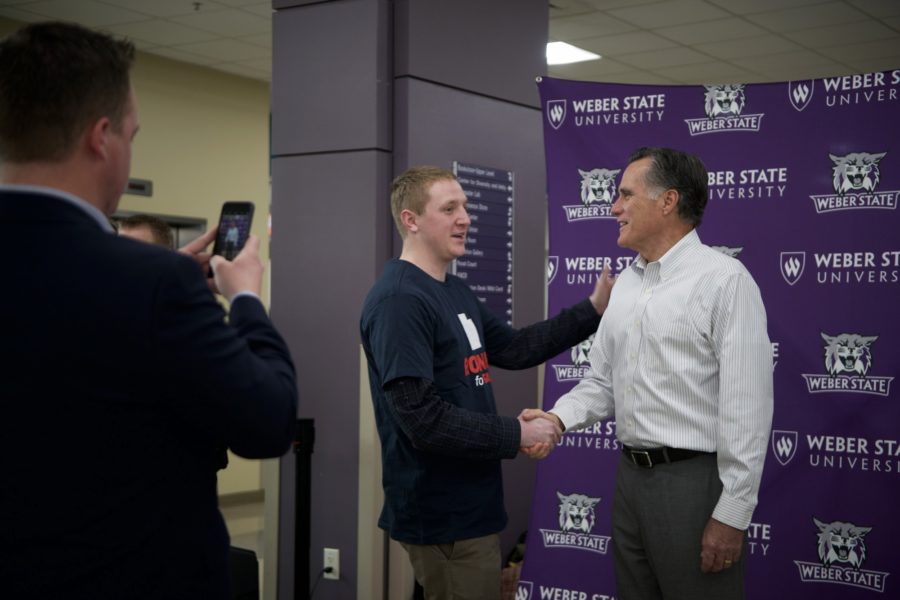[media-credit name=”Amanda Lewark” align=”alignright” width=”300″] [/media-credit]Alisha Sollis, a Weber State University student, has been donating blood since she was 17 years old in order to fulfill a promise she made to her mother.
[/media-credit]Alisha Sollis, a Weber State University student, has been donating blood since she was 17 years old in order to fulfill a promise she made to her mother.
“My mom asked me to donate blood whenever I could so others could have the help they needed,” Sollis said. Her mother died when Sollis was 15 years old.
“I was able to begin donating blood at my high school in 2004,” Sollis said. “In the last two years, my sister and cousin have joined in. It has become a family affair for us. The best part is that we started donating as a present to the world, and now it has become a tradition for us. I love donating blood. I am able to help others and give them a chance at life.”
Sollis has type O-negative blood. Type O-negative blood can be transfused to patients of all blood types. Therefore, it is always in great demand and often in short supply.
According to the Red Cross, Sollis has already saved the lives of approximately 119 people.
Shari Wray, a WSU alumna, knows that blood donors do save lives. Her husband, Brandon Wray, was diagnosed with liposarcoma, a very rare form of cancer, at age 30. In the course of his treatment, he had to go through several very risky surgeries. During one surgery, a main artery was nicked, which caused gushing bleeding. This bleeding would have resulted in his death within 35 seconds, but the nick was quickly repaired, and a blood transfusion was begun. Brandon was given about six pints of blood, which saved his life.
“I have thought of those people,” Brandon said. “It is amazing that they donated their blood.”
Shari said that because of this experience, she has a real desire to give blood herself.
“I would have given anything to keep Brandon alive,” Shari said. “I am very grateful for those blood donors. I have thought about them a lot. It’s not until you are in that situation that you think about it.”
These events are not uncommon. According to the Red Cross, someone needs blood every two seconds. In the United States, 5 million people receive blood transfusions each year. The average blood cell transfusion is about three pints. This requires more than 38,000 blood donations every day in order to provide the necessary blood. Blood can only come from volunteer donors. This blood is refrigerated, ready to go when needed.
Like Sollis, the number one reason donors say they give blood is because they want to help others.
Currently only three out of every 100 people in America donate blood. Each donor gives one pint of blood per donation, and blood can be donated every eight weeks.
Donating blood is a safe process. The actual blood donation only takes about 10 minutes. However, the whole process from start to finish is about an hour and a half.
January is National Blood Donor Month. If students are interested in donating blood, visit www.redcrossblood.org/ or call 1-800-RED CROSS (1-800-733 2767).










